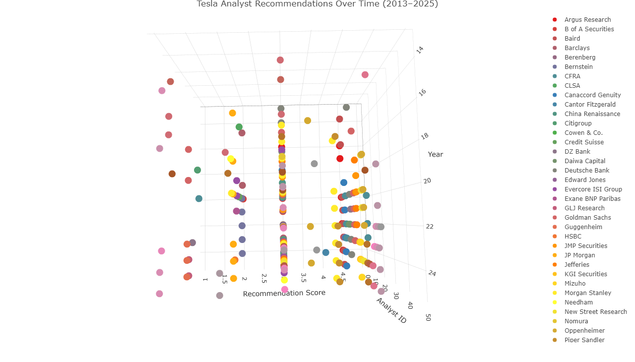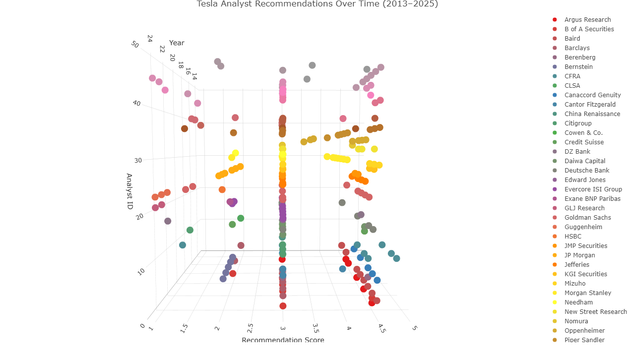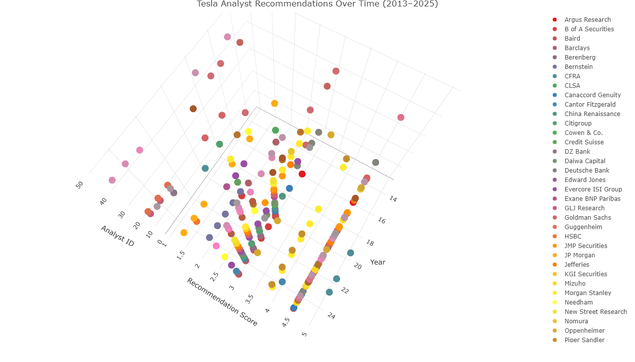The truly important reason to try the #positron R/Python editor is that it can work in parallel with another R session open in #RStudio for a different project...
Also amazed by the #Pluto notebook for #Julia scientific work. One of its nice features is that the associated file is in text format and the code can be easily extracted. Not yet ready to switch from #ggplot to #VegaLite though.
https://positron.posit.co/start.html
https://plutojl.org/
#rstat




![# R code for reversing elements within blocks within a vector
#~~~~~~~~~~~~~~~~~~~~~~~~~~~~~~~~~~~~~~~~~~~~~~~~~~~~~~~~~~~~~~~~~~~~~~~~~~~~
#' Flip the endianness of elements in a vector
#'
#' This will create a new vector with the values reversed within the given
#' block size. This can be used for changing the endianness of a set of values
#'
#' @param x vector. Usually a raw vector, but can be any type
#' @param size block size. Usually a multiple of 2
#'
#' @return vector of the same type as the initial vector with the values
#' within each block reversed.
#' @examples
#' vec <- c(1, 2, 3, 4)
#' flip_endian(vec, 2) # should give: c(2, 1, 4, 3)
#' @export
#~~~~~~~~~~~~~~~~~~~~~~~~~~~~~~~~~~~~~~~~~~~~~~~~~~~~~~~~~~~~~~~~~~~~~~~~~~~~
flip_endian <- function(x, size) {
if (size <= 1) return(x)
if (length(x) %% size != 0) {
stop("Input vector length must be a multiple of the 'size'")
}
dim(x) <- c(size, length(x)/size)
x[] <- x[nrow(x):1,]
as.vector(x)
}
vec <- c(1, 2, 3, 4, 5, 6, 7, 8)
all.equal(flip_endian(vec, 1), vec)
all.equal(flip_endian(vec, 2), c(2, 1, 4, 3, 6, 5, 8, 7))
all.equal(flip_endian(vec, 4), c(4, 3, 2, 1, 8, 7, 6, 5))](https://files.mastodon.social/cache/media_attachments/files/113/263/238/686/139/783/small/0ca881f6b10ffc3a.png)